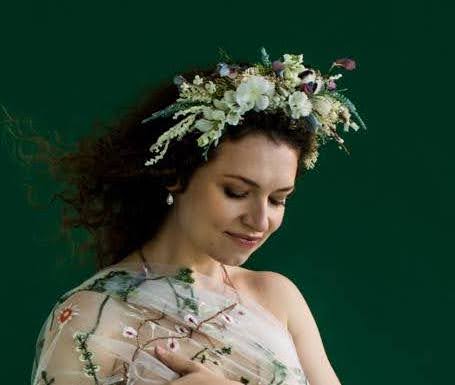We’ve been conditioned to distrust and disassociate from our bodies. We were taught to feel shame about exploring our own bodies and experiencing the joy of being incarnated in the flesh. We were made to feel inadequate for simple acts of self-care, because only an expert medical healer could properly diagnose and treat us.
We constantly shame and blame our bodies for being too thin, too thick, too clumsy, too sluggish, too weak, too inadequate, too imperfect. We control our urges by disciplining the body with restrictions, abuse and denial. We numb our feelings by developing various addictions to distract us from our own truth.
Ever since the story of Adam and Eve, shame was introduced to our self-concept, and to know our bodies became synonymous with sin. Biting from the tree of knowledge became seduction by the evil snake. We have come to be so disconnected from our physicality and our natural world through pervasive teachings from the patriarchy, religion, society, cultural norms and science.
All the systems in place today are taking us away from the body and into the mind (thanks, Descartes). We strive towards intellectual achievements and/or transcendental enlightenment. While the mind is powerful, we cannot deny that we are spiritual beings residing in physical bodies. Denying the coexisting and blending duality of our feminine and masculine, physical and spiritual, yin and yang – takes away from our experience on this plane of existence.
We need to bring back the feminine spirituality – which can be accessed through the physical. Every physical act can be viewed like a moving meditation, and life can become more joyful if lived on purpose. We can choose to live according to ritual and not just routine.
Religions of the past followed the cycles and seasons of nature, honored the feminine and the masculine, and embraced the natural urges of our animal instincts. I’m not romanticizing the past – we are very fortunate to live with the conveniences of modern life in many ways. I’m suggesting that we examine and explore the patterns of the past and build our future by looking to the best practices of all time that we can incorporate today, while shedding what does not serve us from the recent past.
We have the privilege to look back at the history and discern what we would like to keep and amplify, and leave the rest in the past. We get to choose how we live in the present and what we’d like to take into the future. Whether we even have a sustainable and joyful future, and provide that for those who come after us, depends on us and what we do today.


